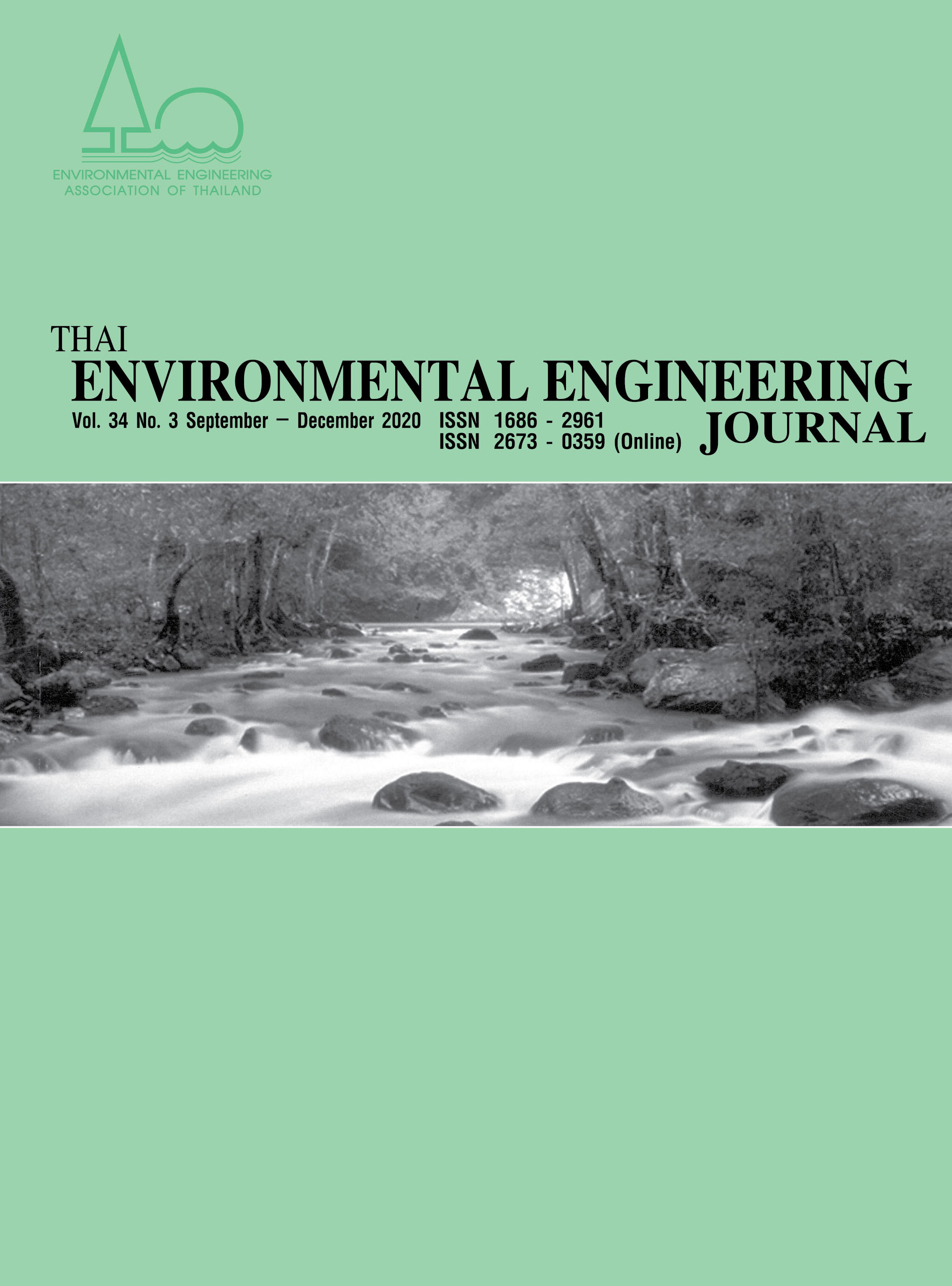Investigation of Contaminated Soil Formed at River Bank Located Downstream of Mines
Main Article Content
Abstract
The purpose of this study is to find out how polluted a riverbank located downstream of the mines where has been excavated for more than 100 years in Serbia. A field survey was conducted, and ground surface sediments from rivers were collected, sediment thickness and density were measured, and soil pits were excavated. The inside of those pits were observed and the sediment samples were collected. The surface sediments collected were subjected to mineral identification using XRD, and the sediments collected from the pits were subjected to chemical analysis. On the other hand, a high-accuracy ortho-image was created by using UAV to acquire visible images with 60% or more of each other overlapping and by acquiring position information using high-accuracy GPS. From this image, the area of the riverbank was measured using GIS software. In addition, a camera capable of acquiring hyperspectral images was installed in the UAV to acquire hyperspectral images. From the obtained image analysis results, it became clear that pollutants from the mine were distributed on most of the surface of this riverbank. The conclusion of this study is that there is a high possibility that the waste material from the mine had been accumulated at the riverbank that was the subject of this study, and the area was occupied with 96,000 m2, the volume is 78,600 m3 in volume and 152,400 t in weight.
Article Details
References
Macklin, M.G., Brewer, P.A., Hudson-Edwards, K.A., Bird, G., Coulthard, T.J., Dennis, I.A., Lechler, P.J., Miller, J.R., and Turner, J.N. 2006. A geomorphological approach to the management of rivers contaminated by metal mining. Geomorphology. 79: 423-447.
Kurihara, J., Ishida, T., and Takahashi, Y. Unmanned Aerial Vehicle (UAV)-Based Hyperspectral Imaging System for Precision Agriculture and Forest Management. In: Avtar, R. and Watanabe, T. Unmanned Aerial Vehicle: Applications in Agriculture and Environment, Springer, 2020; 25-38.
Nordstrom, D.K., Alpers, C.N. Geochemistry of Acid Mine Waters. In: Plumlee, G.S. and Logsdon, M.J. eds., Chap. 6, The Environmental Geochemistry of Mineral Deposits, Rev. Econ. Geol. V. 6A, Soc. Econ. Geol. Inc., Litteleton, CO, 1999.
Japan International Cooperation Agency Economic Development Department (JICA report), 2008. Actual situation and problems of mining activities: Mining Promotion Master Plan Survey Final Report of the Republic of Serbia. 70-121.
Kokaly, R.F., Clark, R.N., Swayze, G.A., Livo, K.E., Hoefen, T.M., Pearson, N.C., Wise, R.A., Benzel, W.M., Lowers, H.A., Driscoll, R.L., Klein, A.J., 2017, USGS Spectral Library Version 7: U.S. Geological Survey Data Series 1035, 61 p., https://doi.org/10.3133/ds1035.
Montero S., I. C., Brimhall, G. H., Alpers, C. N., & Swayze, G. A. 2005. Characterization of waste rock associated with acid drainage at the Penn Mine, California, by ground-based visible to short-wave infrared reflectance spectroscopy assisted by digital mapping. Chemical Geology, 215(1-4 SPEC. ISS.): 453-472. https://doi.org/10.1016/j.chemgeo.2004.06.045.


